Wine Enthusiast |
| The New Rules of Wine Glasses? There are No Rules. Posted: 12 Jul 2021 05:00 AM PDT  Stephanie Summerson Hall's earliest childhood memories are soaked in a kaleidoscope of color. Hall's grandmother, Estelle, was an avid collector of Depression-era glassware. At her South Carolina home, Estelle's heirlooms sat perched in two china cabinets until ripe for picking on holidays and Sunday dinners when she'd honor those who gathered with a feast served in sparkling emerald green- and amber-colored glassware. "She'd serve her vegetables, her rice in those bowls," says Hall. Colorful goblets would also be filled with iced tea. "Those were her special pieces." Hall began to build her own collection several years ago, soon after she became a homeowner. However, she found it difficult to source the colored pieces that she coveted. She launched Estelle Colored Glass, an artisanal glassware company that hand-blows an assortment of wine glasses in eye-catching jewel tones, pastels and more. The pieces link Hall to her heritage and to memories of the treasures that once bedazzled her grandmother's table. Hall's wares are also a breath of colorful whimsy at a time when small indulgences mean so much. The glasses provide a rainbow of possibilities with which to reimagine how we drink.  Last year, during the pandemic, a study claimed that Americans drank 14% more often. As regulars at the wine bars of our own homes, we've had time to reassess the wines we enjoy, the way we purchase them and our preferred drinking vessels, too. We've been emboldened, motivated to go for it, whether it's to splurge on a set of high-end stemware earmarked for everyday usage, or to find solace in meaningful, nontraditional pieces that evoke joy despite, perhaps, their lack of technical accuracy. In The Psychology of Wine: Truths and Beauty by the Glass (Praeger, 2009), authors Evan and Brian Mitchell ask a provocative question: How much of what we perceive as taste is physiological, "and how much is psychological, given that beauty and grace of form possess an astonishingly emphatic power of suggestion?" By redefining traditional glassware rules, wine lovers give form, function and personal preference equal footing. "I think anything can be a wine glass," says sommelier Danielle Norris, a sales representative for Cream Wine and Spirits, and cofounder of the wine educational platform, Slik Wines. "In my house, I drink mostly out of small pint mason jars for wine." The movement to widen our outlook on food and wine pairings beyond the dominant, Eurocentric lens had gained steam pre-pandemic. During shutdowns, our homes became casual, judgment-free spaces where our interpretations reshaped our connection to what and how we eat and drink. "I think in the setting of hanging out with friends, I want to show something fun and interesting and different," says Miguel de Leon, a sommelier, wine writer and wine director at Pinch Chinese. "So, maybe I'll break out old McDonald's glassware that I found at a thrift shop and that's really fun to drink fun wine out of. Not everything has to be so serious." The influence of nostalgia shouldn't be underestimated, says de Leon.
Glassware styles cycle in and out of fashion. The 1920's Champagne coupes with ornate etching or lavish gilt were replaced by long, slender flutes, which remain emblematic of celebrations and status in many circles. More recently, some wine experts began to serve bubbles in white wine glasses. They say it benefits the wine's aromatics. Alpana Singh, the esteemed sommelier, restaurateur, and host of Check, Please!, recalls several significant contemporary wine glassware shifts that were prominent in bars and restaurants. "I do remember the wine glasses [of the 1990s] were kind of like this big, clunky, thick-lip, Libbey glasses," says Singh. The rise of fine dining gave way to luxe stemware. The ceremony of bringing out wine glasses was an essential part of the dining experience. "Everybody was clinking on it, and you could hear the chime," she says. Singh points to Chicago's legendary Charlie Trotter's restaurant as an early adopter, and she credits Larry Stone, a master sommelier, for his help to spearhead it. By the late '90s, high-end stemware was expected at fine-dining restaurants across the country. "It was sort of shocking if you went to a five-star restaurant and they didn't have nice glassware that matched the grandeur of the bottle ordered," says Singh. 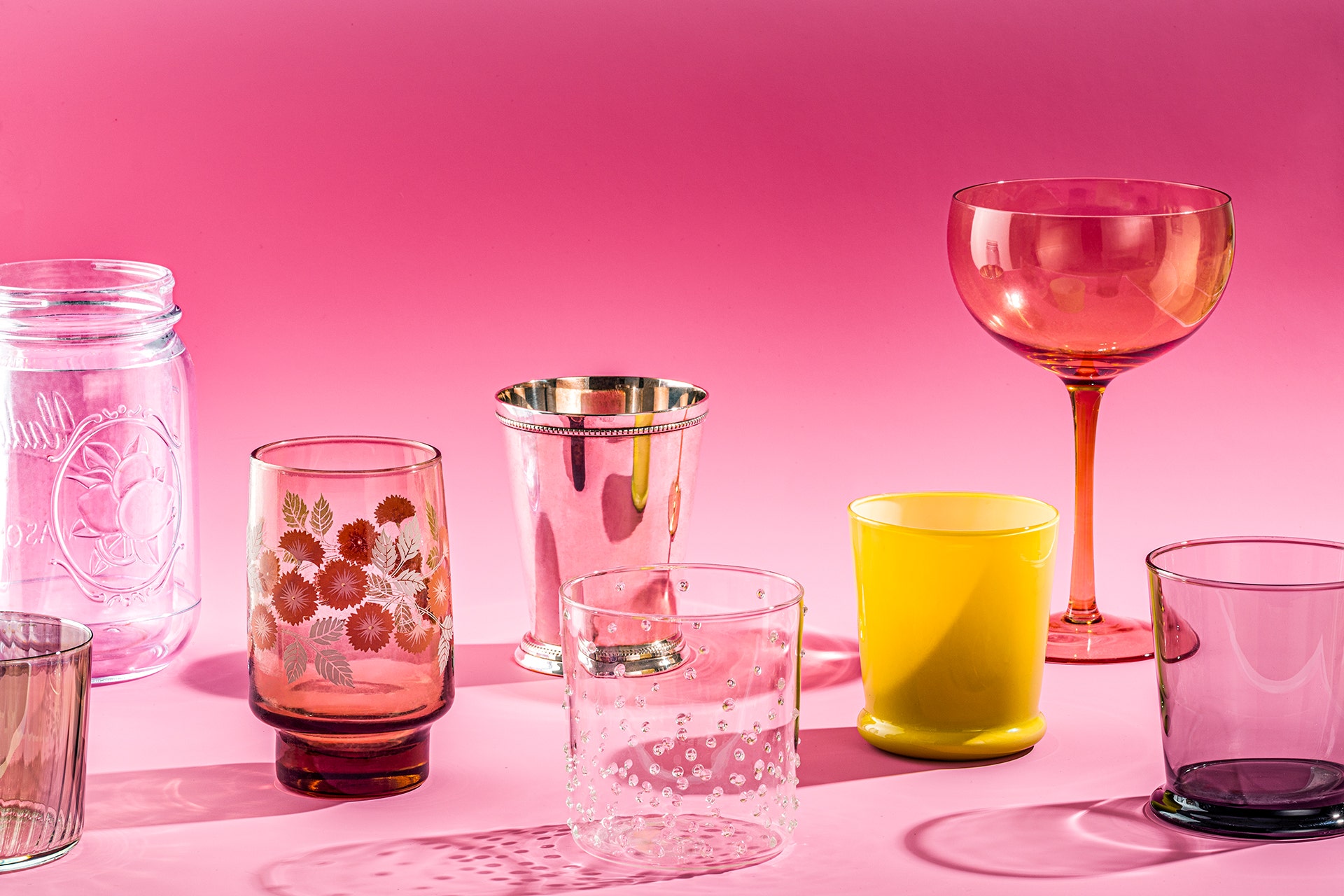 Other standouts, according to Singh, include Riedel's introduction of varietal-specific glasses, and of course, the then-eyebrow-raising introduction of stemless glassware. "It's been almost 20 years," says Singh. "And now people don't balk at screwcaps, and people don't balk at stemless." In restaurants, fine glassware is often considered an extension of the brand, one that signals the dining experience ahead. It sets the tone for the diner. And it creates context. "There's how I drink at home, when I have people over—casual comfort," says Norris. "And then there's when I'm presenting to a class." When she teaches, Norris uses all-purpose stemware with a medium-sizes bowl. "I want to present in a wine glass because I think that that level of professionalism has to be." De Leon considers academia an appropriate setting for traditional stemware. In other spaces, personal connections to the wine, and the ability to put your stamp on it, is far more powerful than so-called correctness. "I think we're really understanding that personal preference is going to be arbiter of taste, instead of anything else that is 'correct,' " he says. "I always like challenging that question, like, 'Correct for who?' " As social drinking outside of our homes ramps up, Singh sees a through line. "I think anything goes nowadays, and I think that as the lines get blurred between how we enjoy wine at home and how we enjoy wine at restaurants, customers are a lot more comfortable with it," she says. Wine glassware today is less about rules and more about joy. Your chosen vessel may bring forth memories of Grandma's house, like Hall. It could offer an indulgent pop culture moment, à la Olivia Pope. Or it may transport you to a destination sorely missed, like the blue waves reminiscent of the beach that the late B. Smith hand-painted onto wine goblets for the cover of B. Smith: Rituals and Celebrations. Regardless, your wine moment belongs to you. |
| Communal Tasting Rooms, Co-ops and Other Businesses Giving Wineries a Leg Up Posted: 12 Jul 2021 04:13 AM PDT  A new wave of wine cooperatives and other forward-thinking business models are popping up around the country. These establishments not only allow winemakers the opportunity to create new and innovative bottlings without the traditional investment on equipment and infrastructure, but also bring awareness to underrepresented regions and reach a wider audience of drinkers. Carlton Winemakers StudioWillamette Valley, ORIn 2002, winemakers Eric Hamacher and Luisa Ponzi joined forces with Ned and Kirsten Lumpkin. With Ned's experience as a building contractor, they founded the Carlton Winemakers Studio in the Willamette Valley. It was the first winery built to be an alternating proprietorship in the Pacific Northwest. Traditional cooperatives are wineries that share ownership of a facility and profits. But alternating proprietorships (APs) wineries rent shared production equipment and they have independent federal permits and provide their own product and supplies. Today, Carlton Winemakers Studio hosts more than a dozen tenant wineries throughout the year. “There is a misconception that these are young winemakers getting their start,” says Anthony King, general manager of Carlton Winemakers Studio. “In fact, most of the winemakers who have worked at the studio are veterans who have taken the step to start something of their own. Each winemaker working at the studio right now has more than 15 years of experience.” Some see APs as a way to build the capital necessary to purchase their own facilities. Carlton Winemakers Studio's alumni includes Soter Vineyards, Brittan Vineyards and Penner-Ash Wine Cellars. Others, like Andrew Rich Wines, prefer to call the facility home. Its tasting room serves all the tenants’ wines. “For the tenant wineries, the tasting room is a place they can invite fans to taste their wines,” says King. “For consumers, the studio tasting room is a place where you can taste wines from several producers across the Northwest…made by some of the best winemakers in Oregon.” 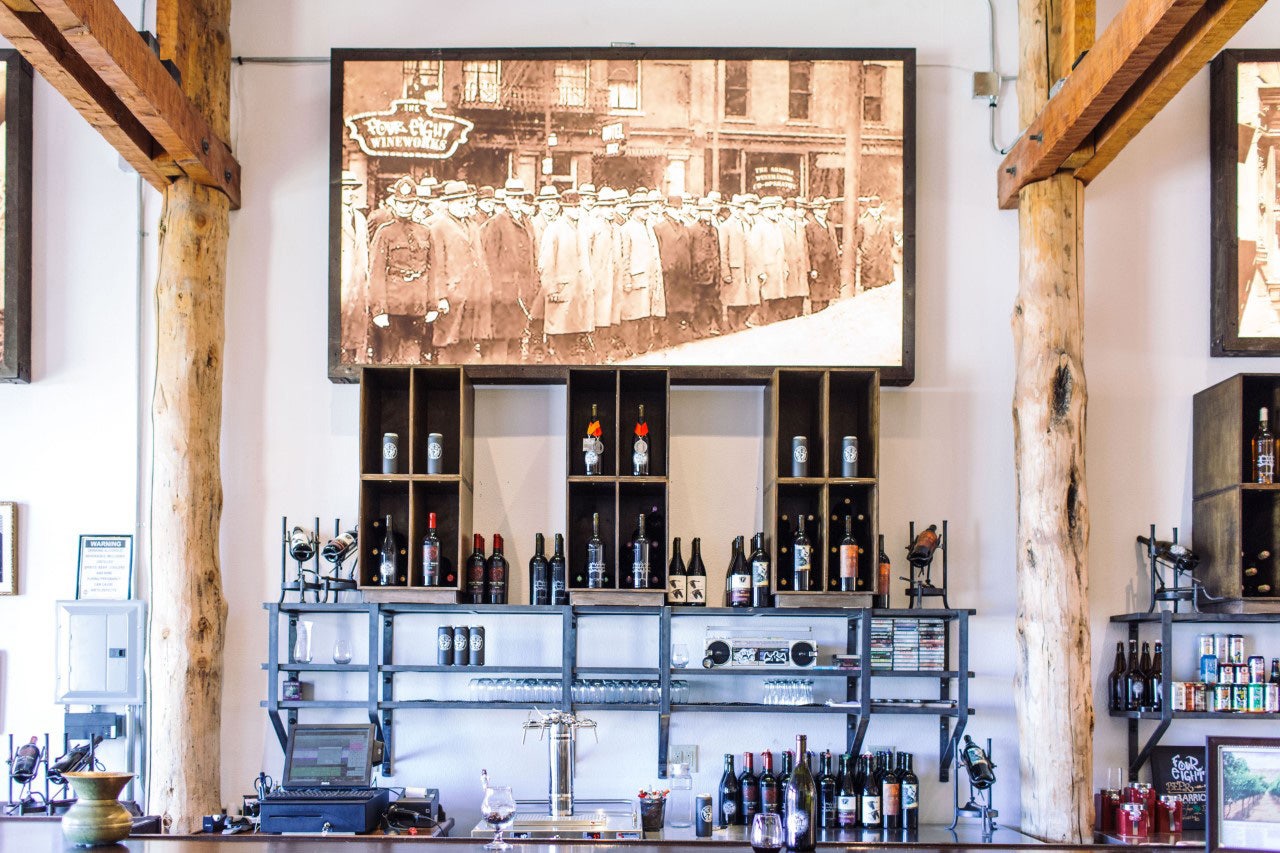 Four Eight WineworksJerome, AZA historic mining town in the mountains west of Sedona, Jerome might seem an unlikely spot for an AP devoted to wine. But Maynard James Keenan, an Arizona winemaker and Grammy Award-winning vocalist for the band Tool, is known both for unconventional creative approaches and to help break down financial barriers for state winemakers. Keenan founded Four Eight Wineworks, a nod to Arizona being the 48th state to join the Union, to give winemakers who look to start a label his “metaphorical leg up.” 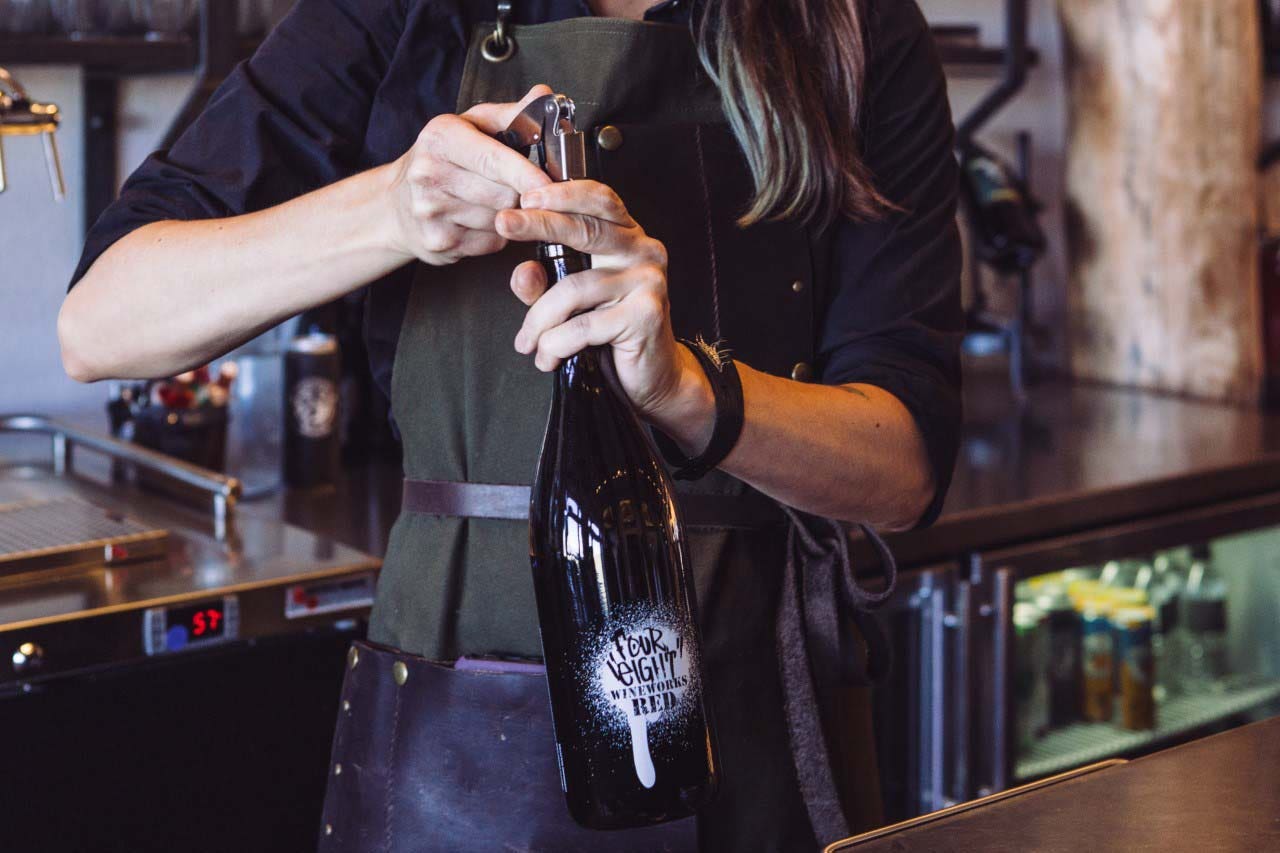 Keenan's support of the nearby Yavapai College's Viticulture and Enology program goes beyond donations. Four Eight invites promising graduates to join the AP. Michael Pierce, winemaker and director of the college's program, is also a tenant. The facility's tasting room looks out over the valley toward the red crags of Sedona. It's a fitting background to try bold reds like Sangiovese blends and Tempranillo, produced by the Oddity Wine Collective, Caduceus Cellars and Bodega Pierce.  Suisun Valley Wine Co-opFairfield, CAJust east of Napa lies California’s second-oldest American Viticultural Area (AVA), the Suisun Valley. Often overlooked by visitors who flock to its famous neighbors, Suisun has a long history and loyal fan base. In 2007, Doug and Katsuko Sparks of Sunset Cellars opened the Suisun Valley Wine Co-op to give local fans and visitors a convenient hub. Family-owned, independent microwineries share a tasting room at Suisun Co-op, where they split serving duties. With more than 20 selections in the shared portfolio, California classics are offered alongside alternative varietals like Albariño or field blends like Six Pac, the cofermented blend of Cabernet Sauvignon, Merlot, Petite Sirah, Trousseau, Grenache and Vermentino. “Visiting smaller producers, you get to see the cutting edge of the innovation and the experimentation that is happening," says Fah Sathirapongsasuiti, co-owner of the facility. "It’s what really defines California, the land of explorations. And we shouldn’t settle on Cabernet and Chardonnay. Are there more possibilities out there? These innovations, these smaller guys like the co-op, is where you’re going to see it." The Tasting Room Wines of WashingtonSeattle, WAThis cozy venue in Seattle's Post Alley draws in winemakers from the Olympic Peninsula west of Seattle to the Naches Heights and Yakima Valley AVAs on the eastern side of the Cascades. This coveted location gives these far-flung boutique winemakers an urban home to offer their products. Even those in Seattle, like Locus Wines, keep a spot at the Pike Place Market facility. "Traffic is pretty huge, especially in the summer," says Lysle Wilhelmi, general manager of The Tasting Room. "We have a large cruise ship industry in Seattle, and looky-loos that wander through Pike Place Market. We also have really good regular clientele that tend to avoid us in the peak summer." Eight limited-production wineries share the counter space. Winemakers are frequently servers, as they share insights into the more than 60 wines available. Most source their grapes from Washington, and pours include Nota Bene's Malbec, Naches Heights Vineyard's Syrah and Wilridge's Chardonnay. |
| You are subscribed to email updates from Wine Enthusiast. To stop receiving these emails, you may unsubscribe now. | Email delivery powered by Google |
| Google, 1600 Amphitheatre Parkway, Mountain View, CA 94043, United States | |


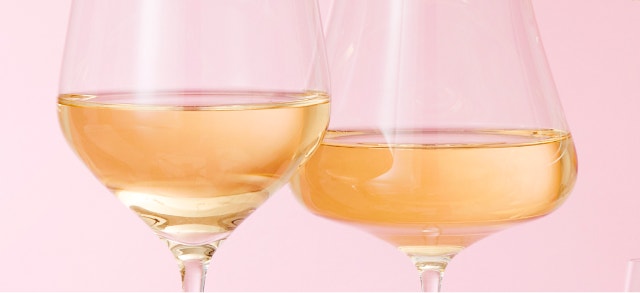

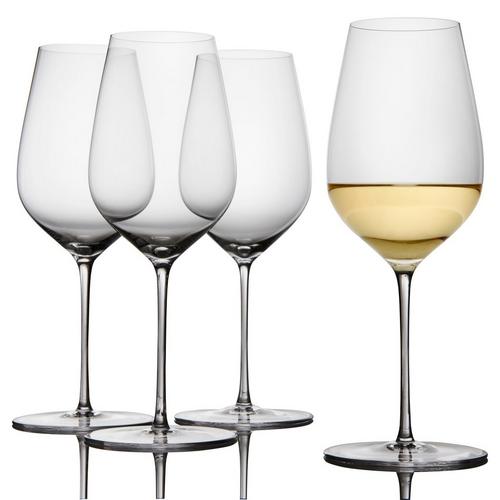














0 comments:
Post a Comment